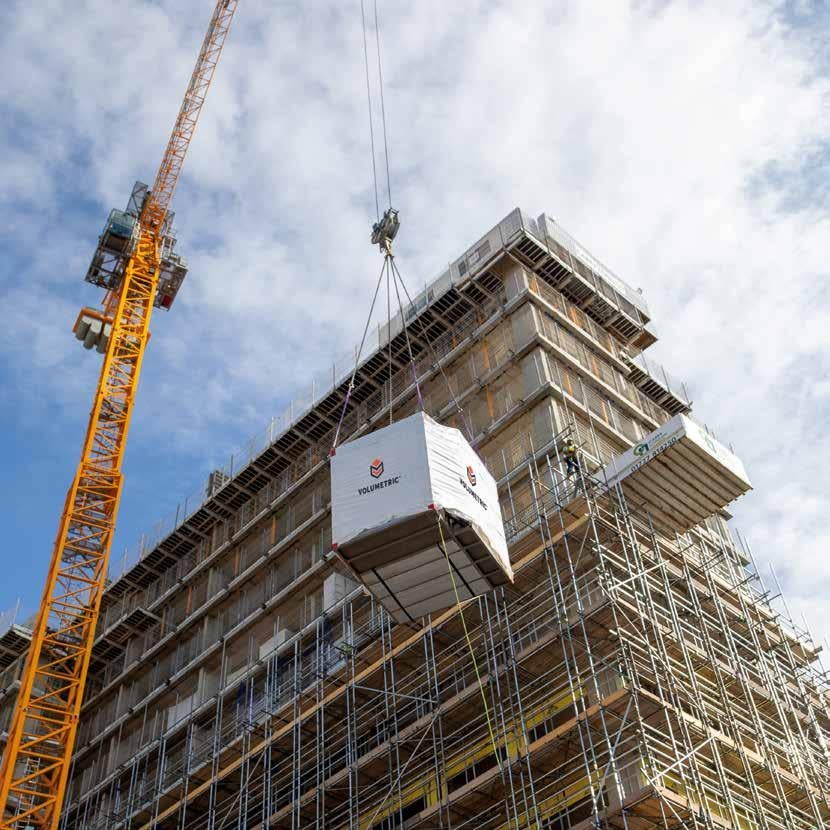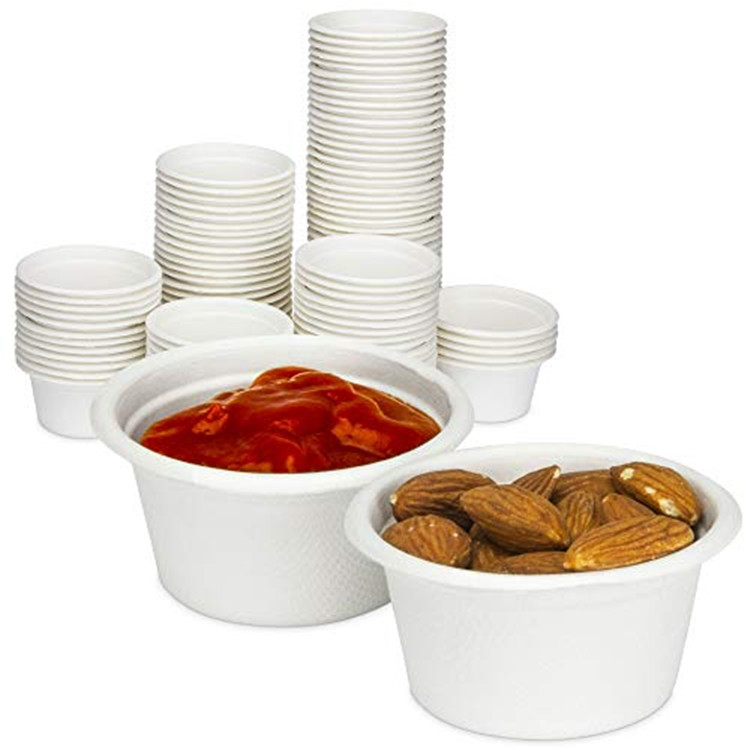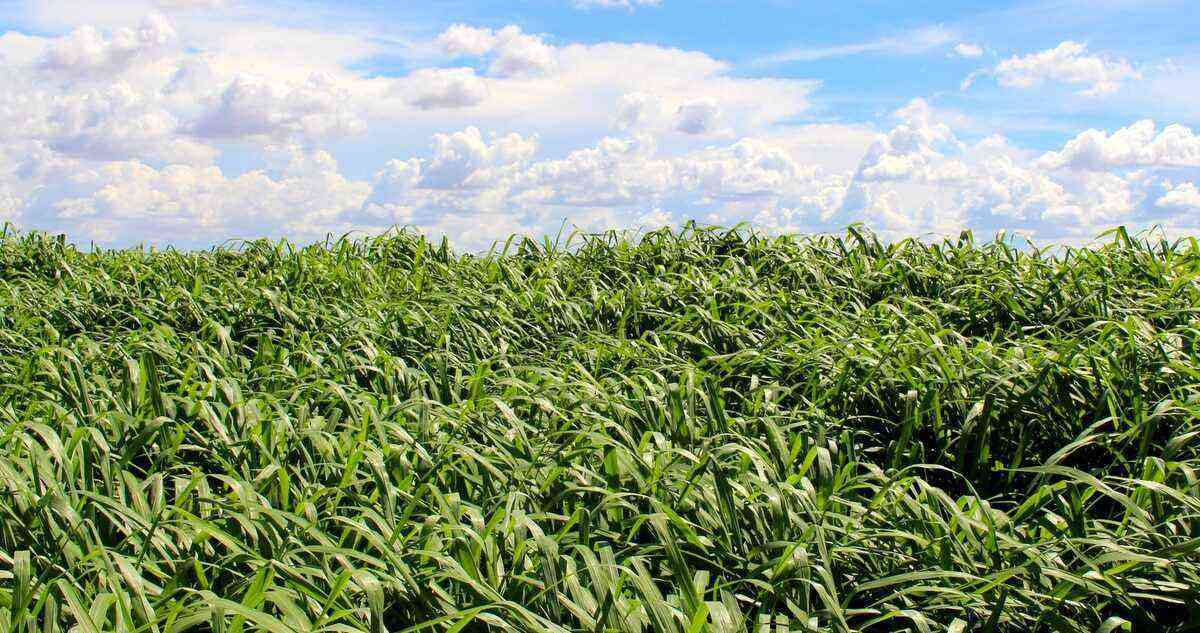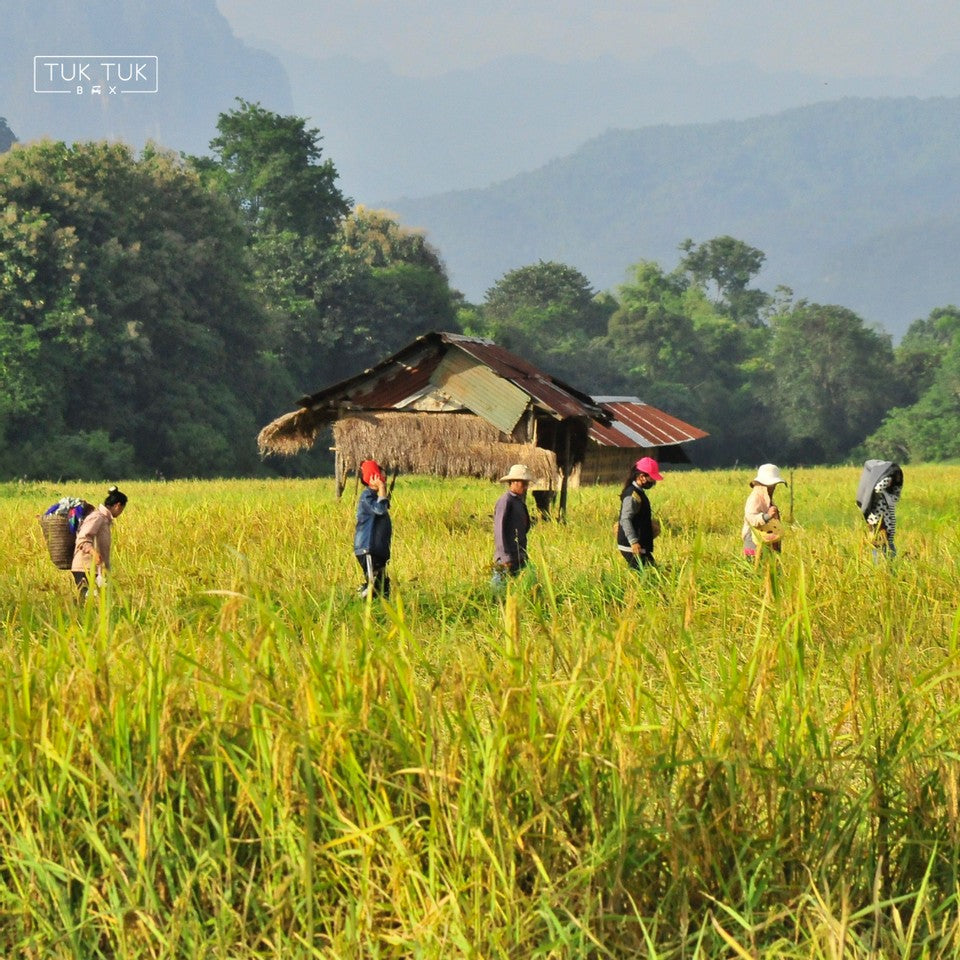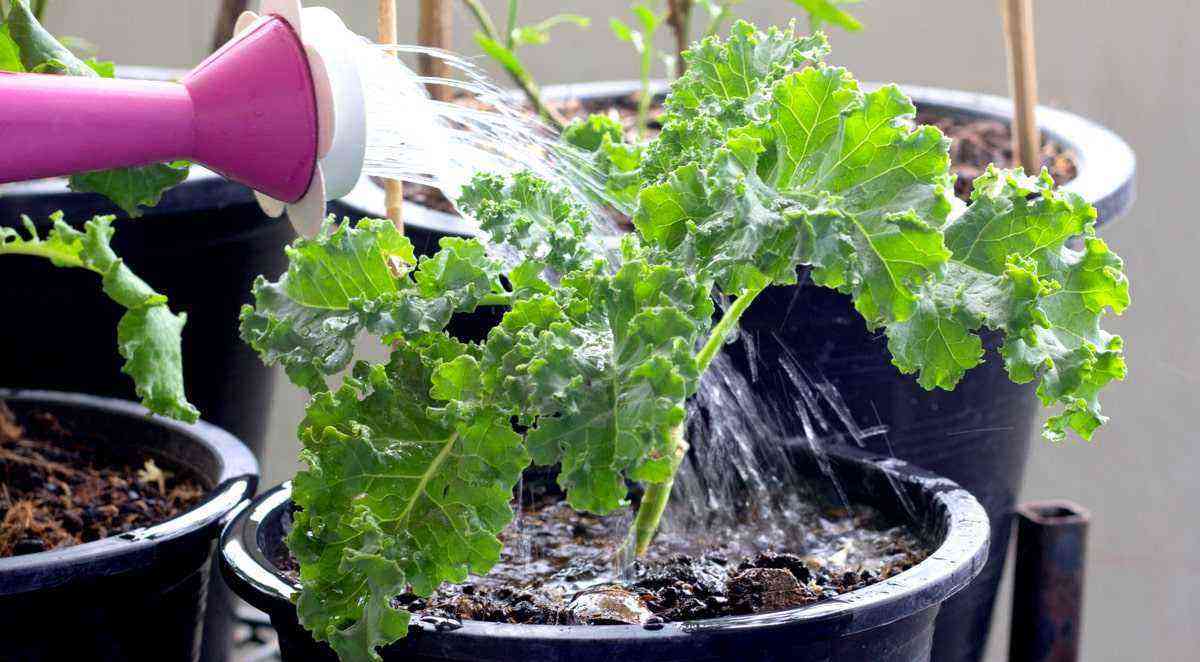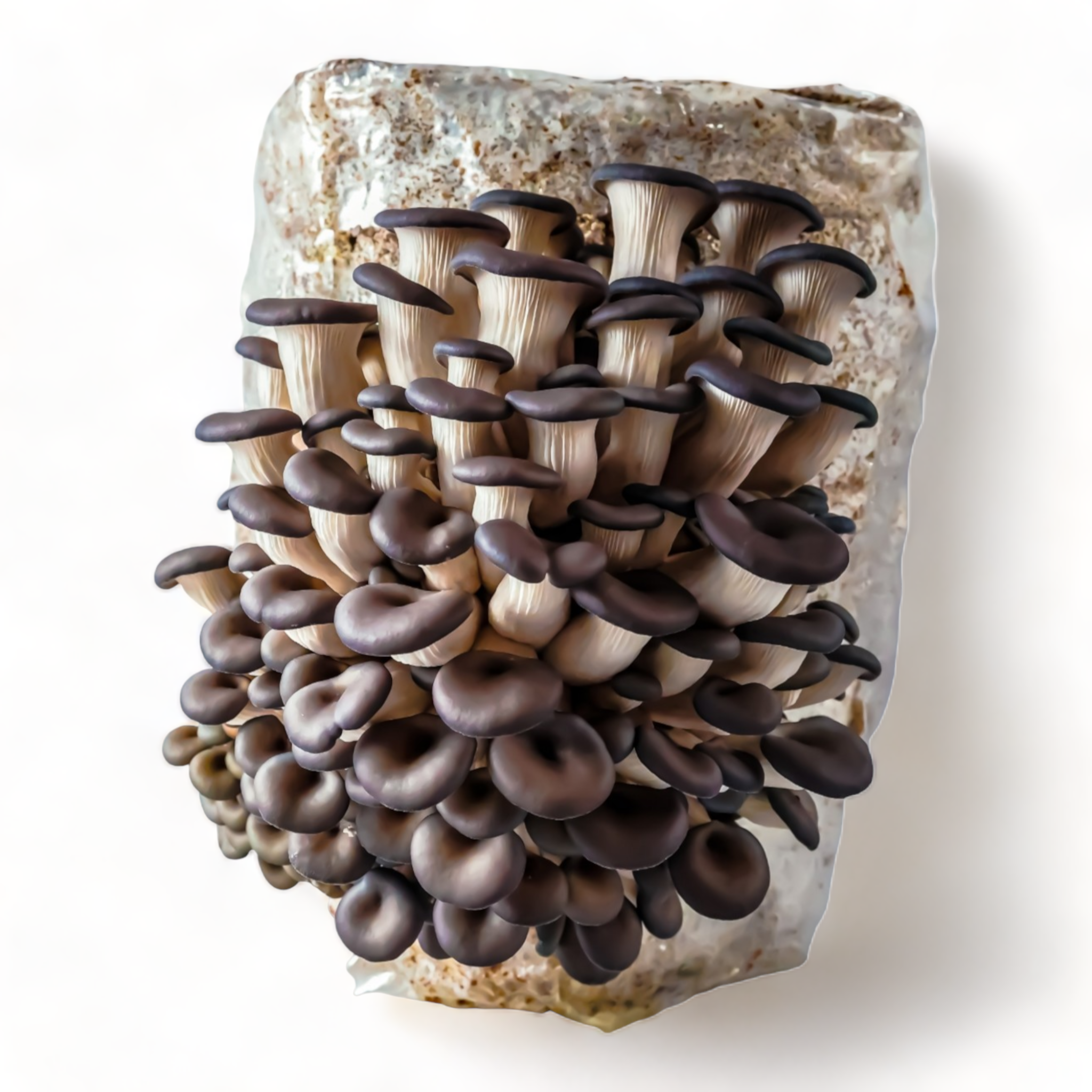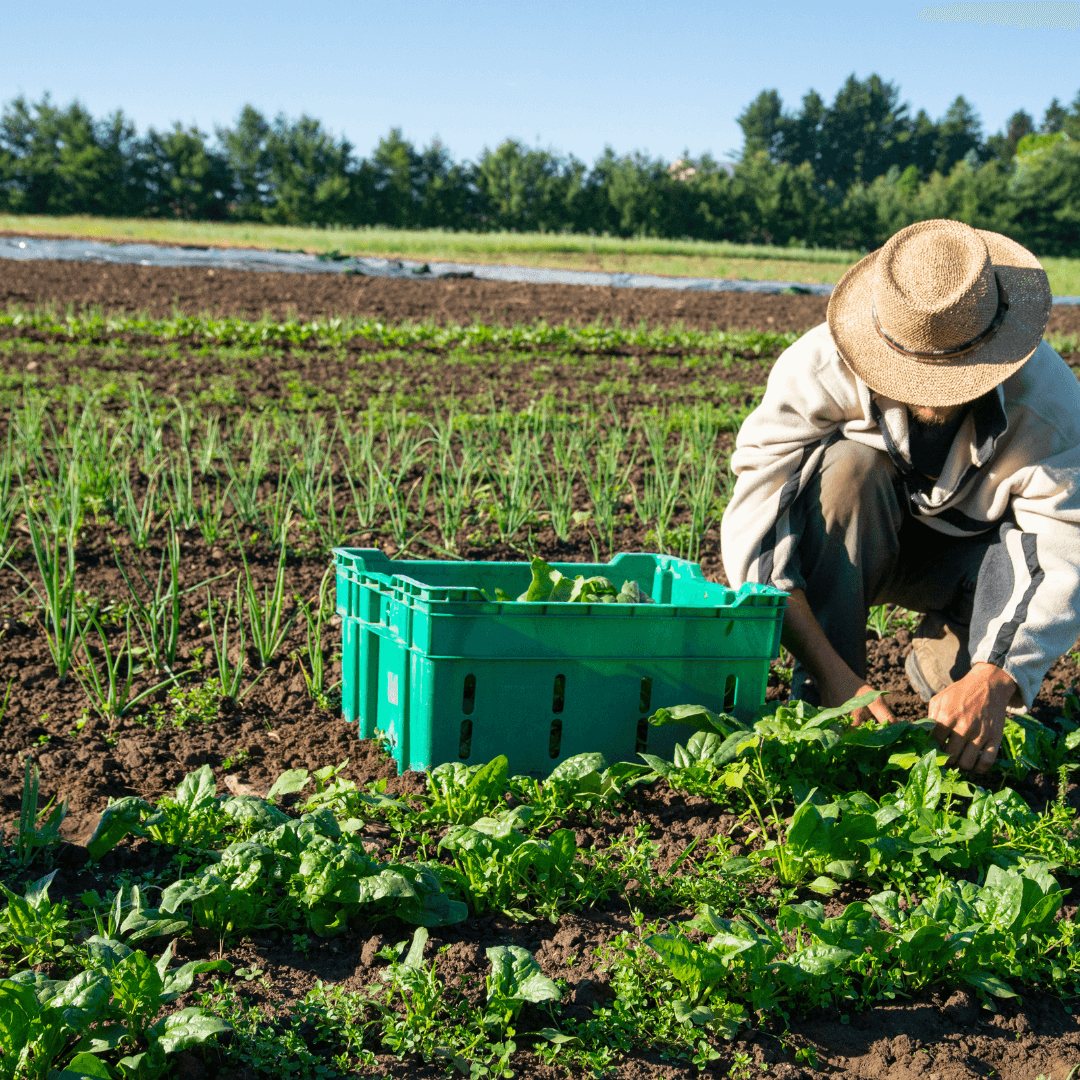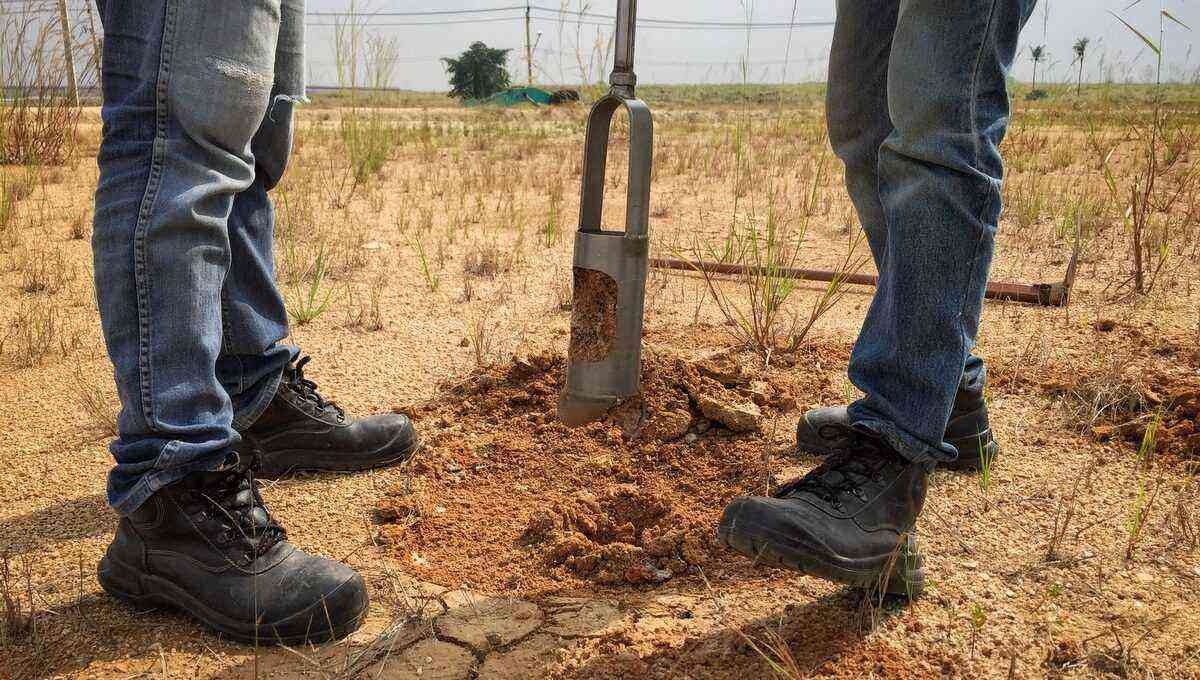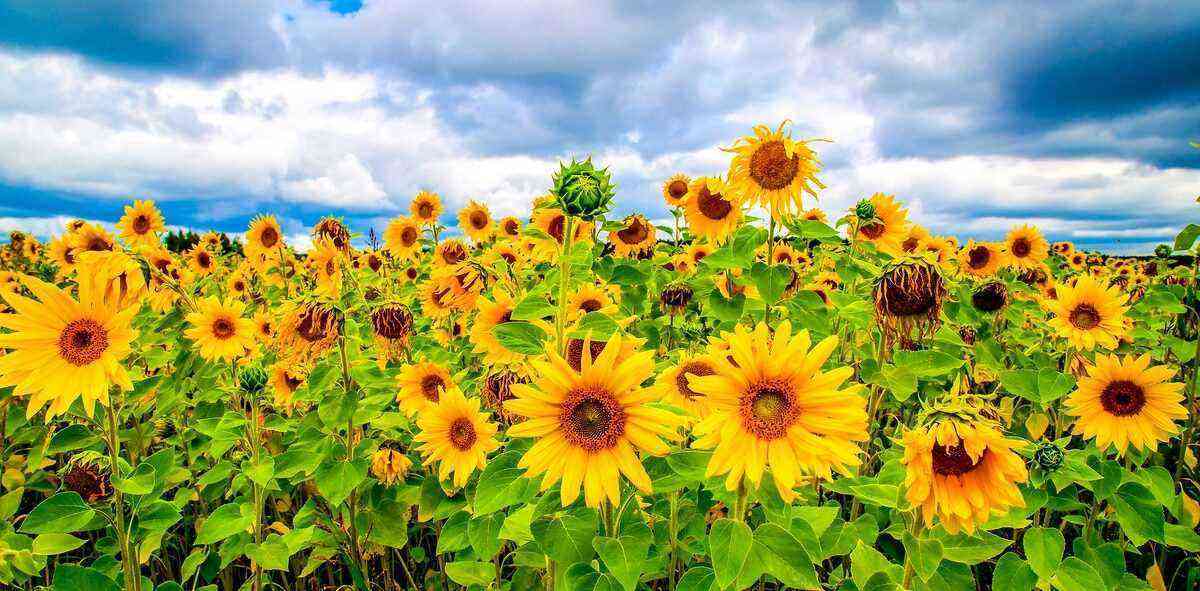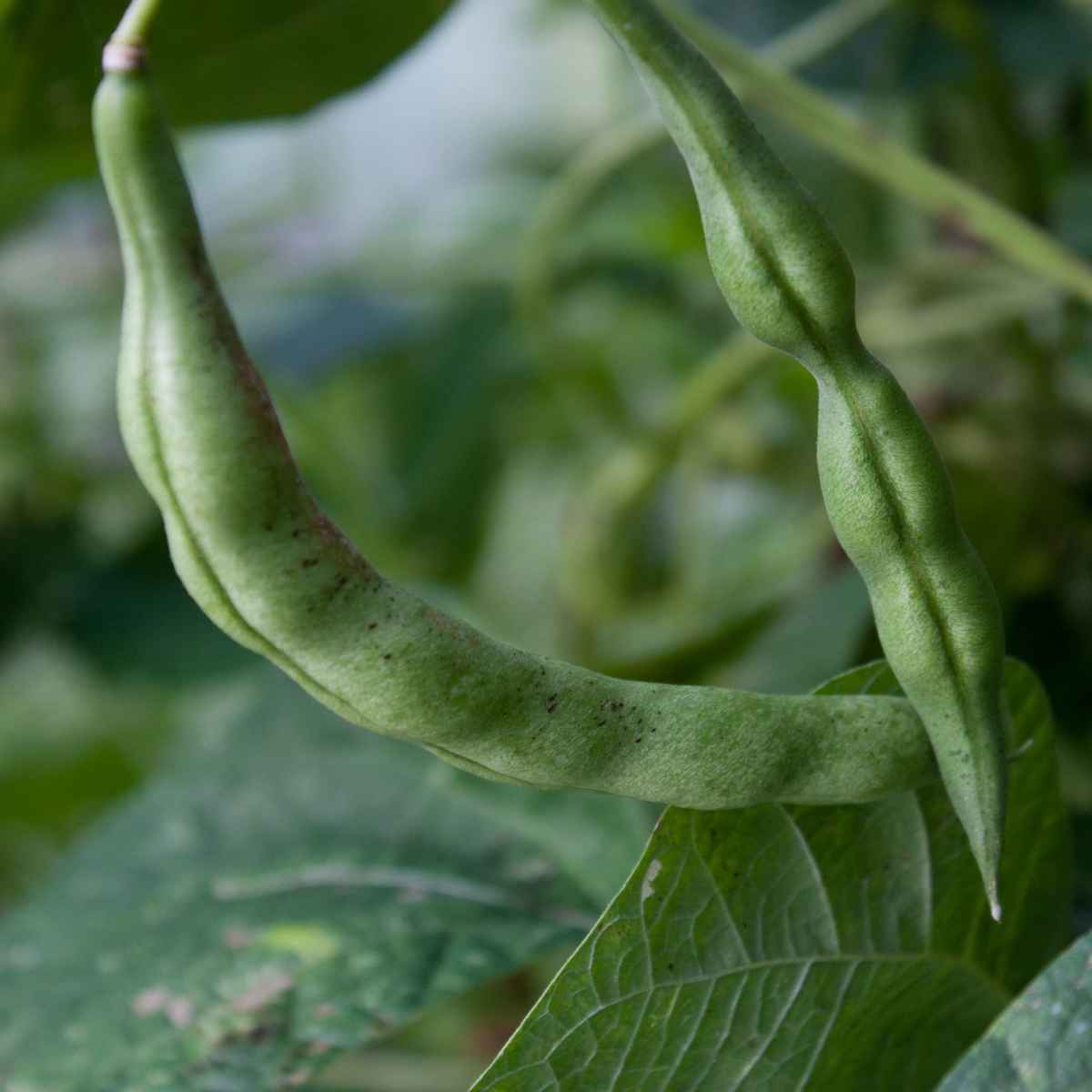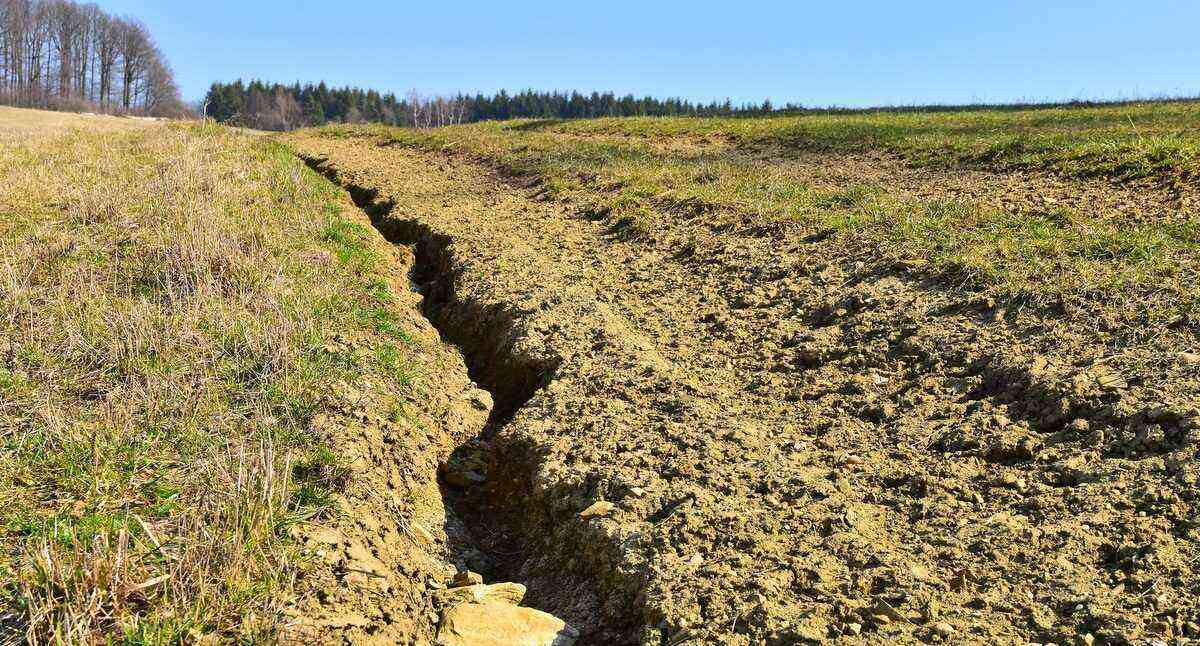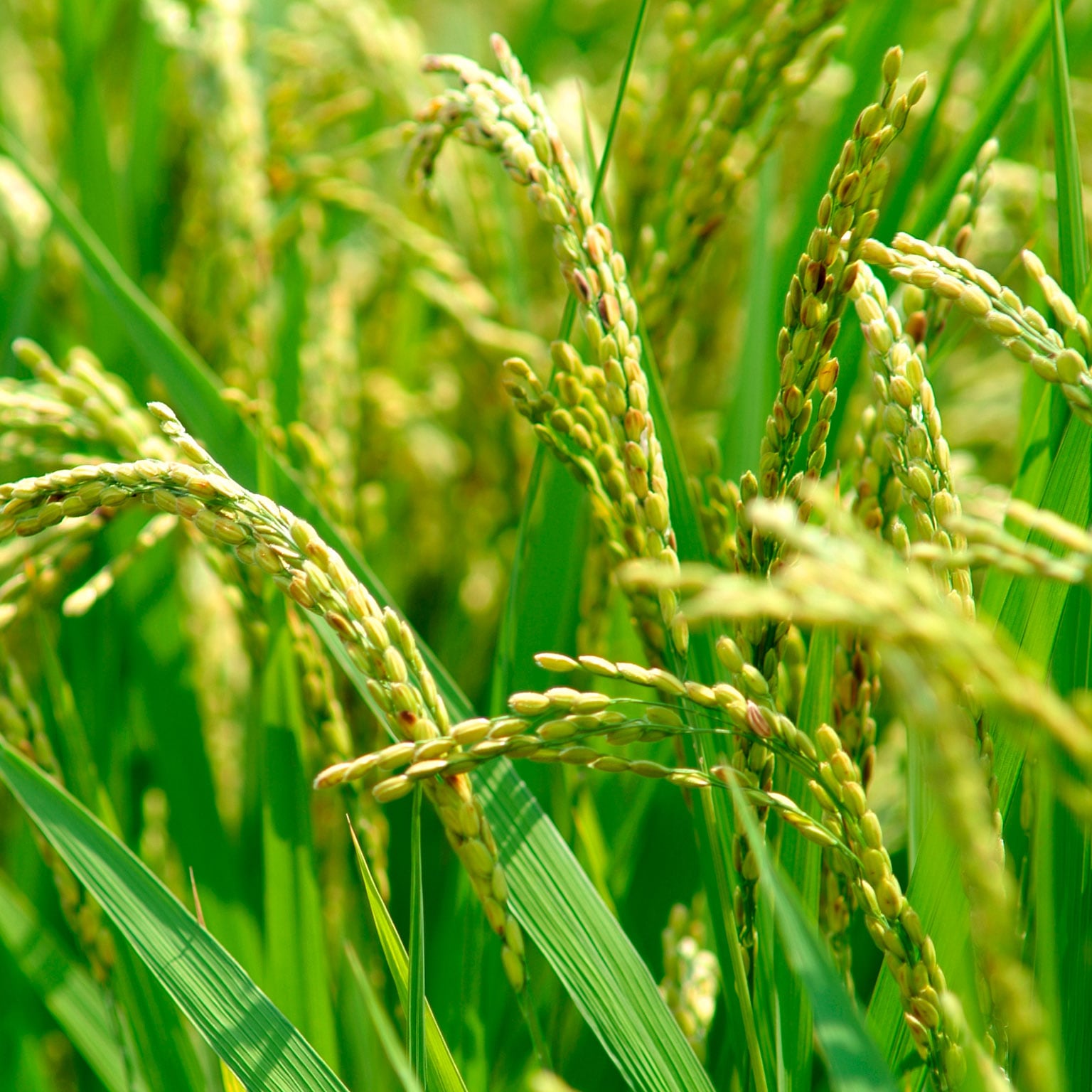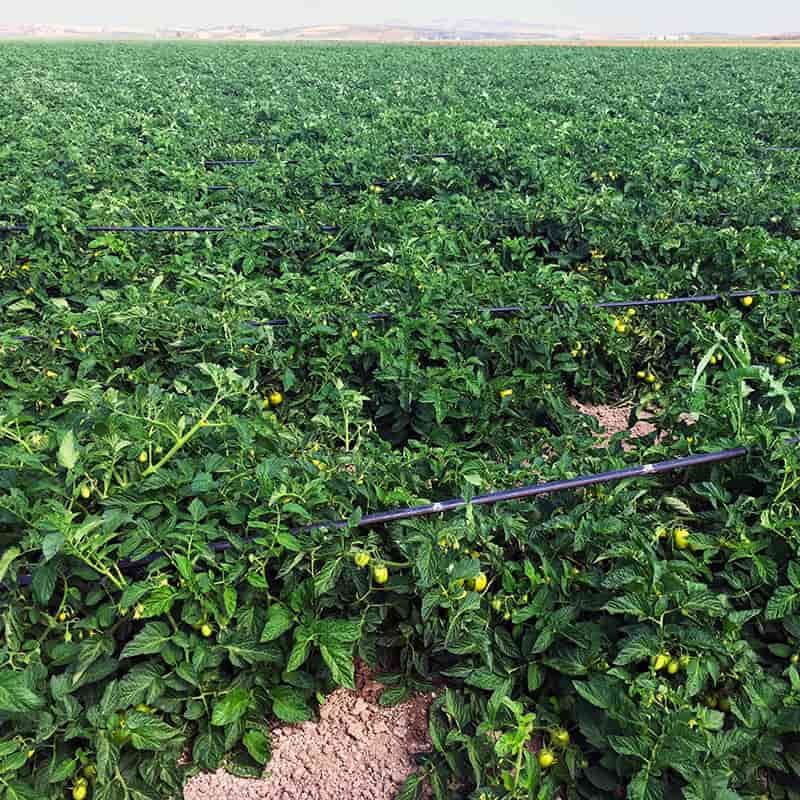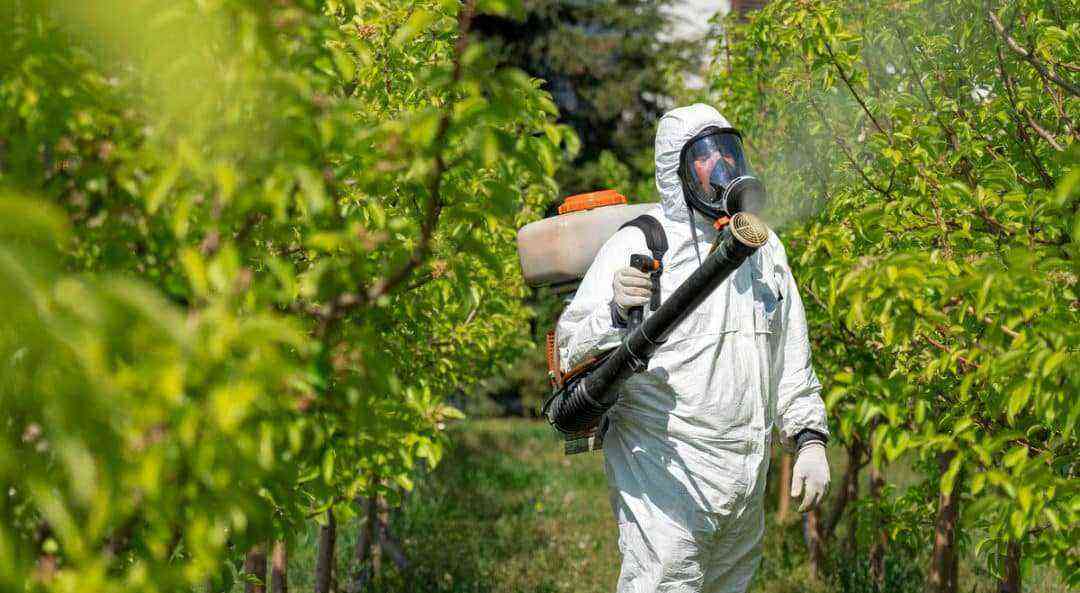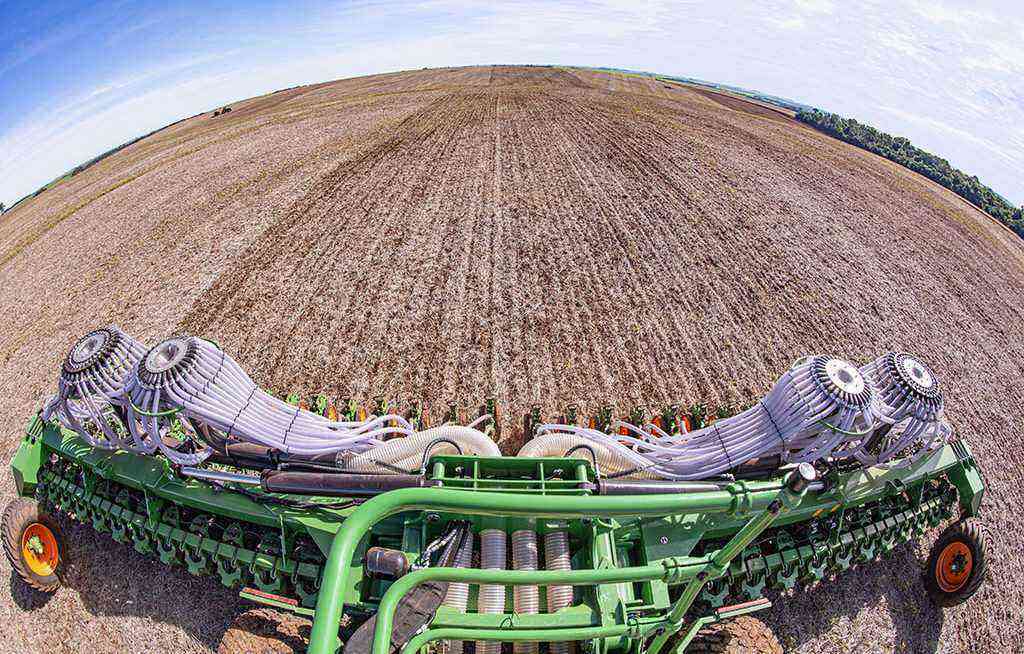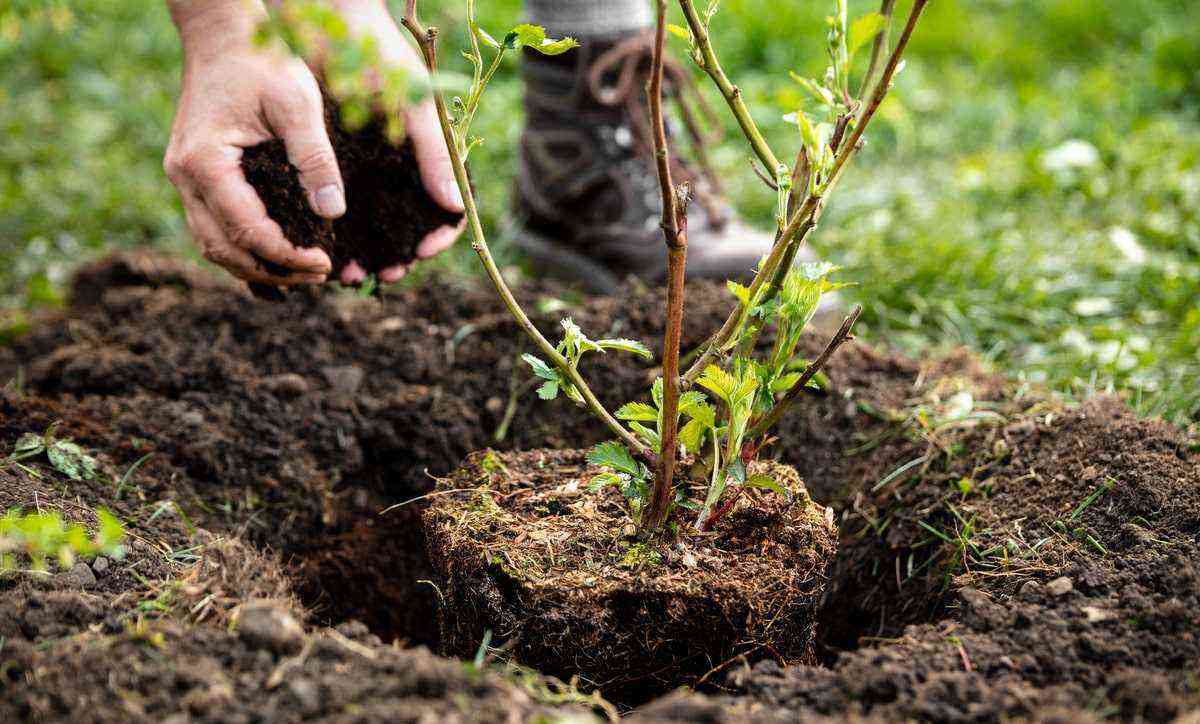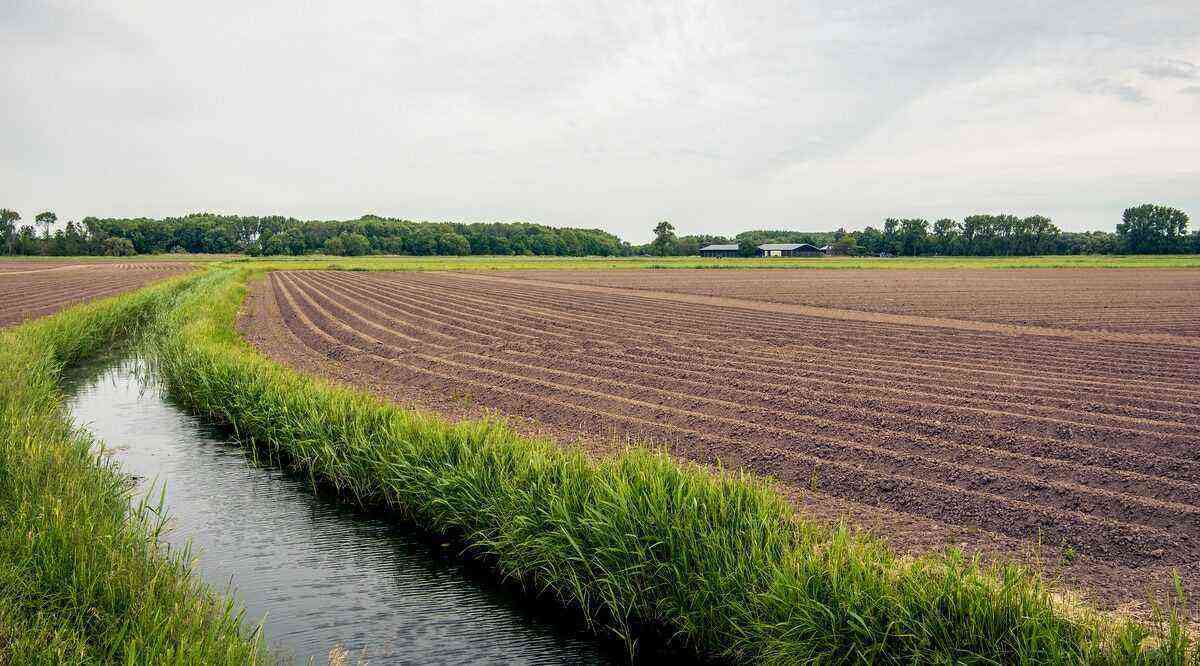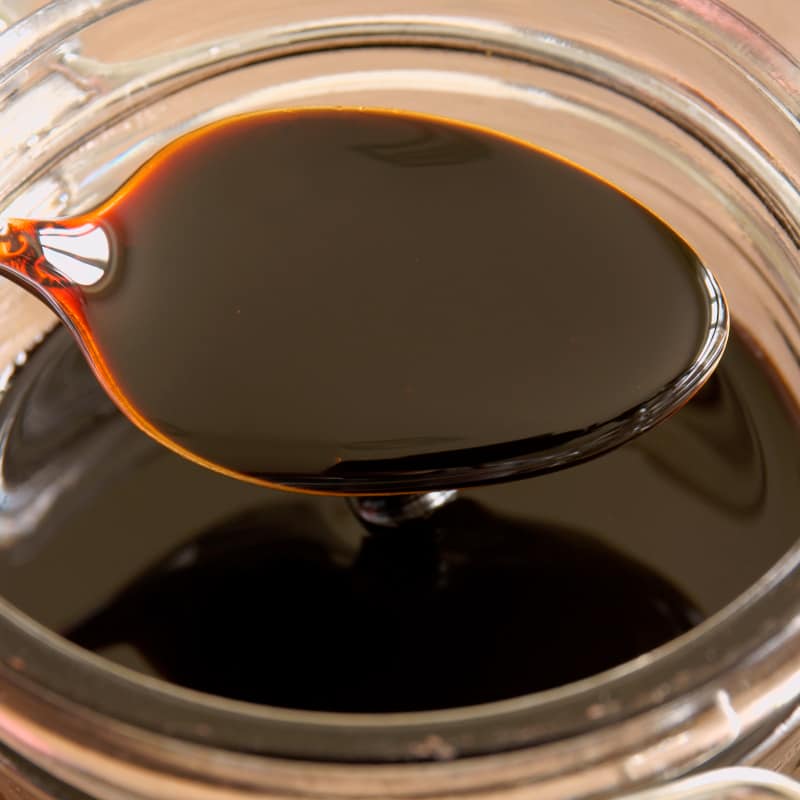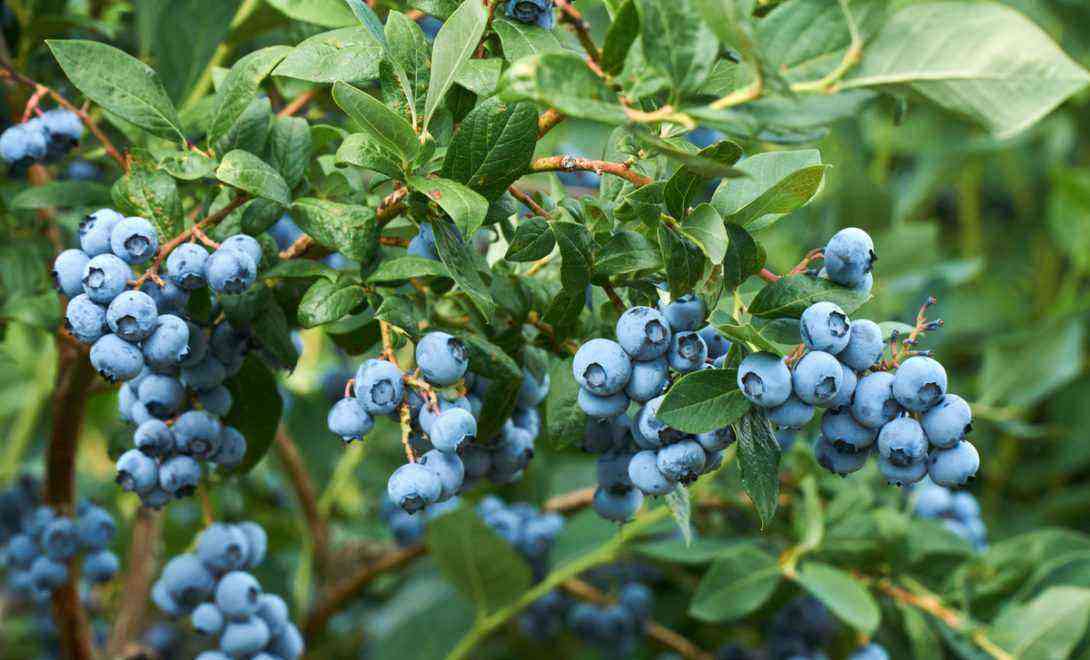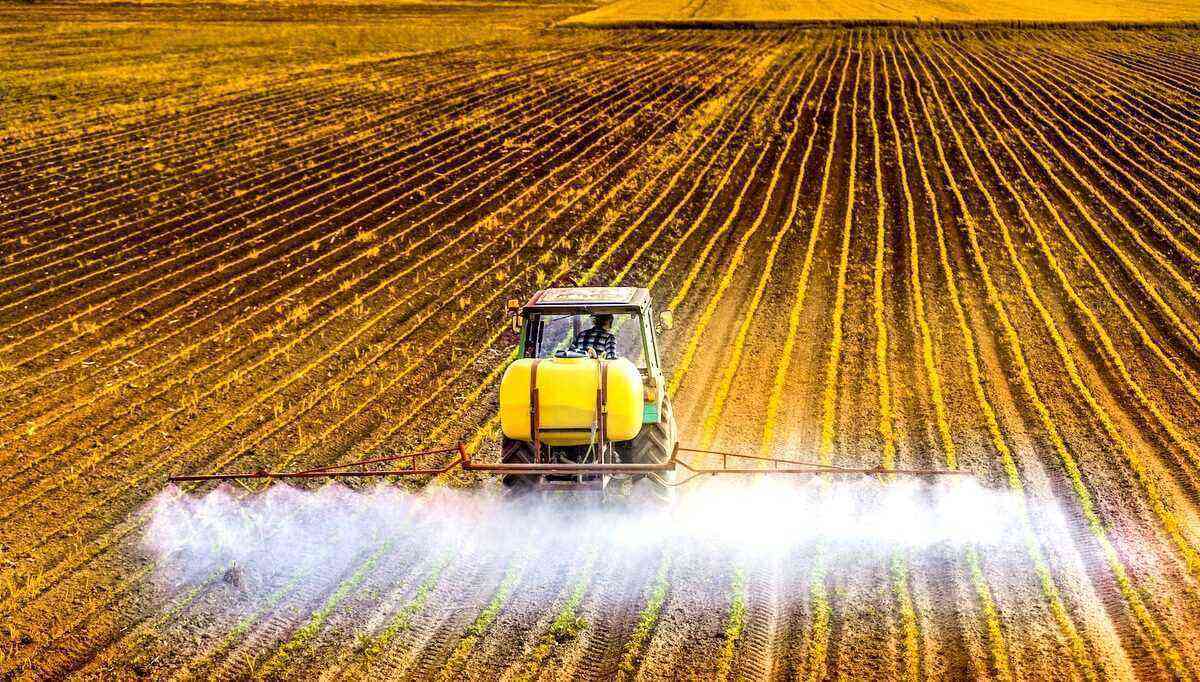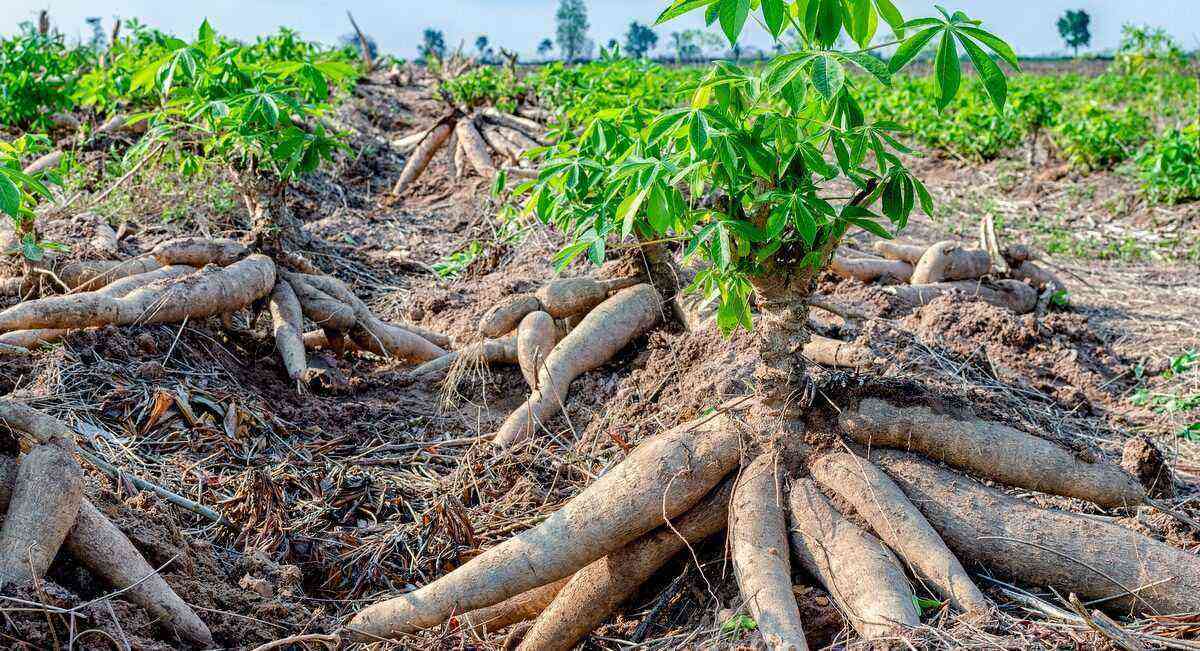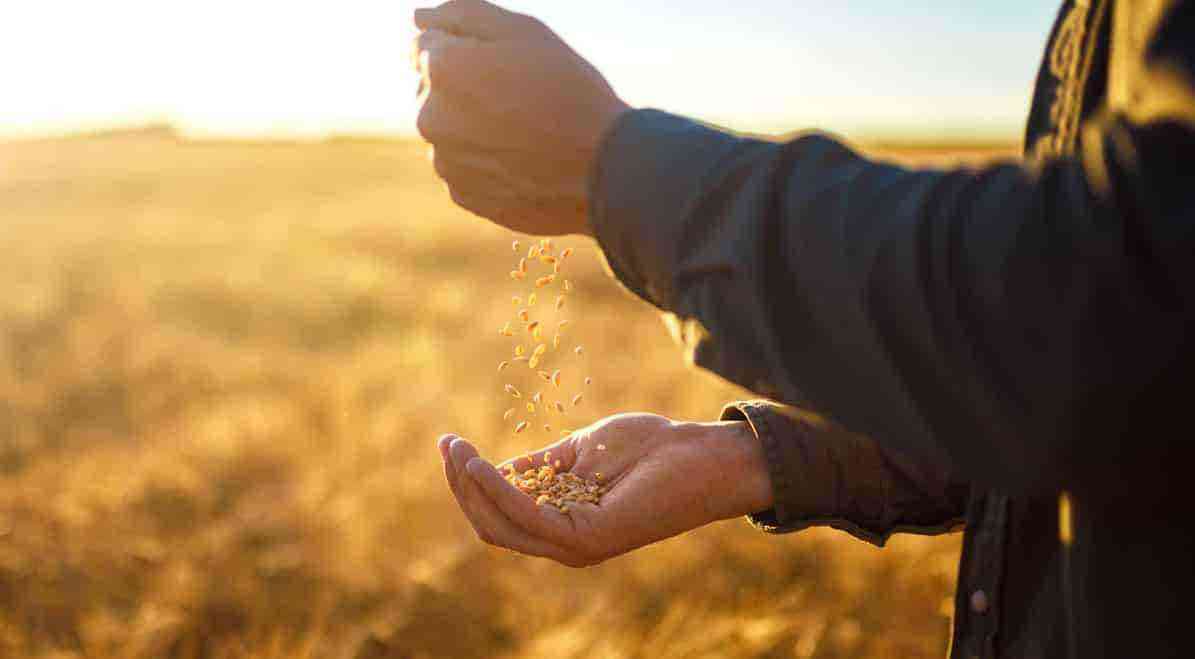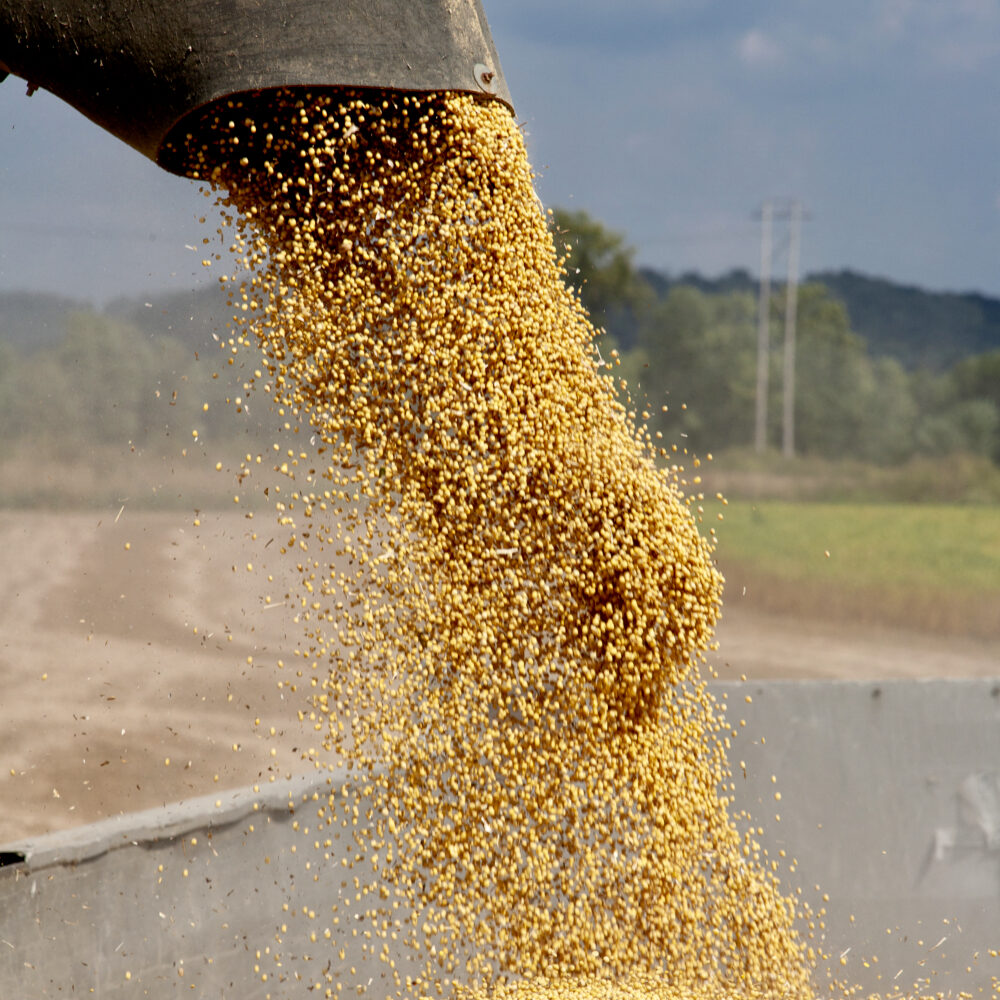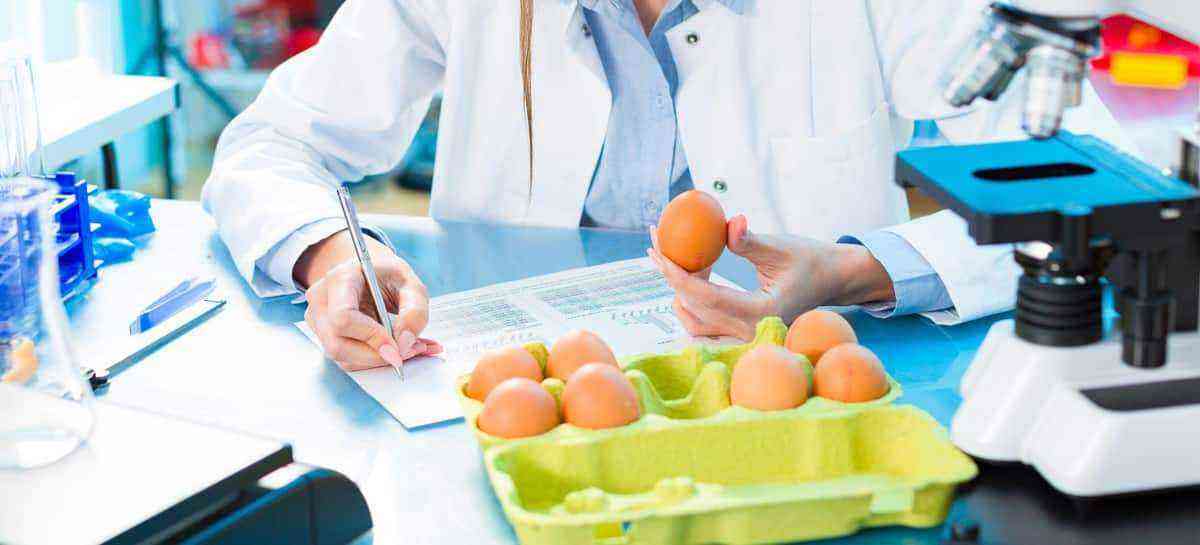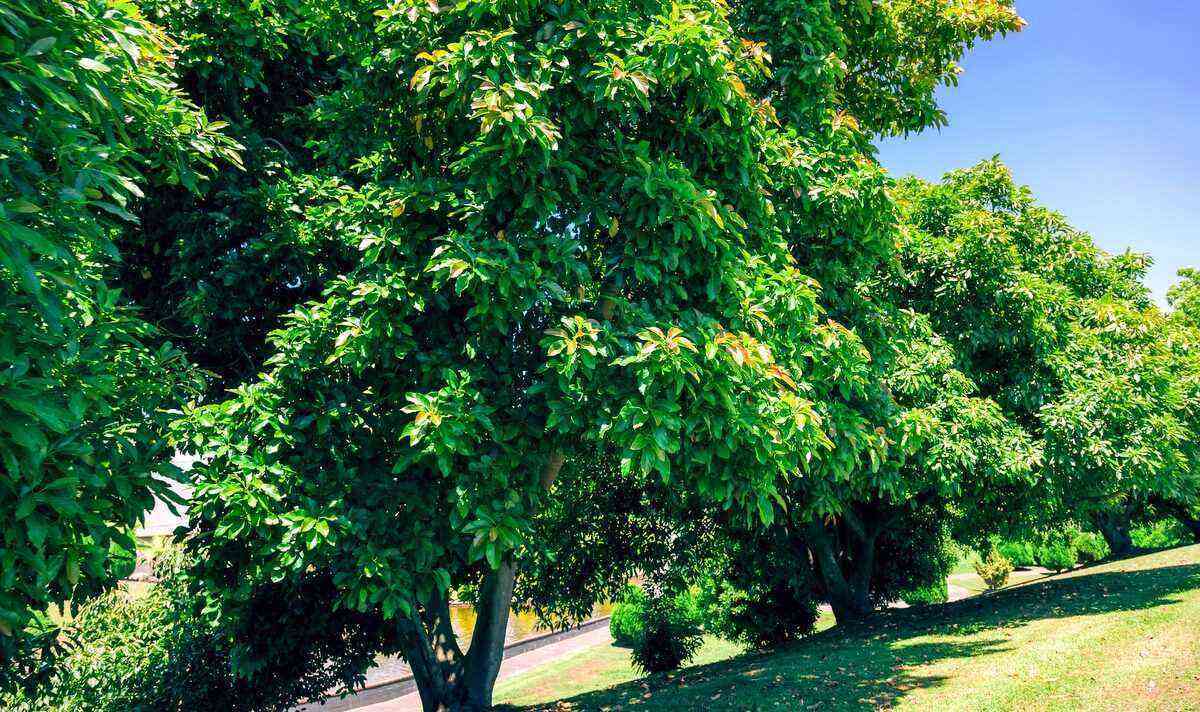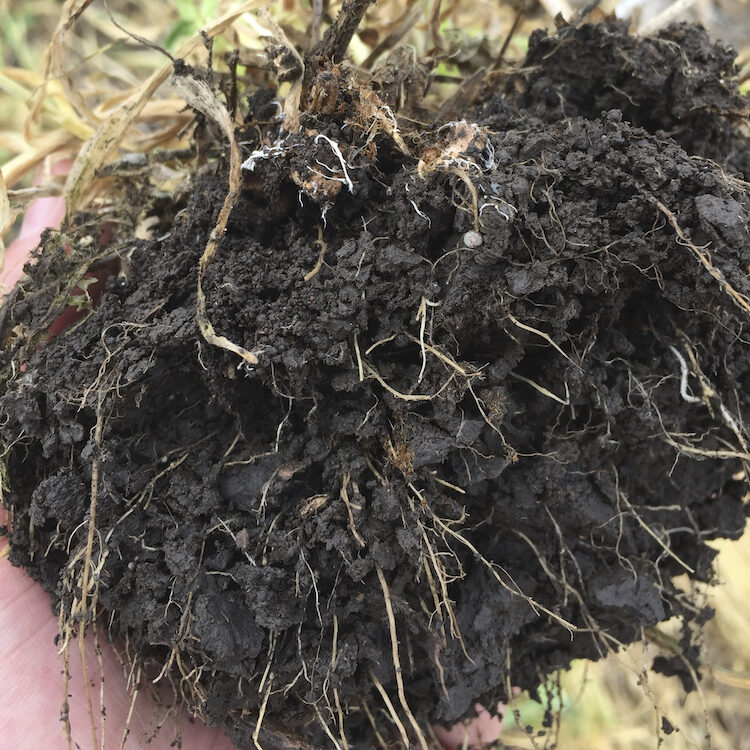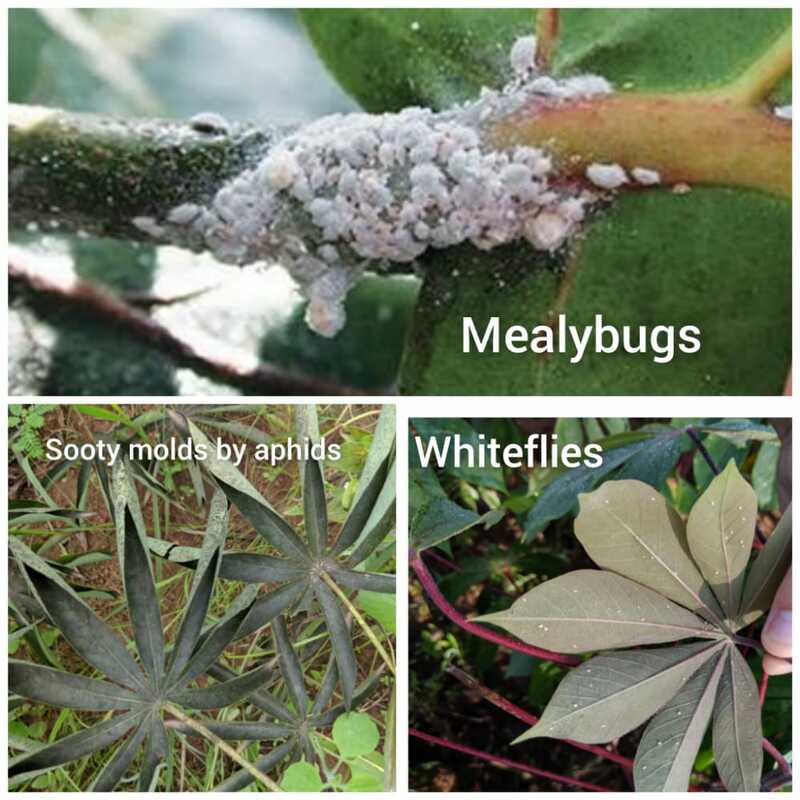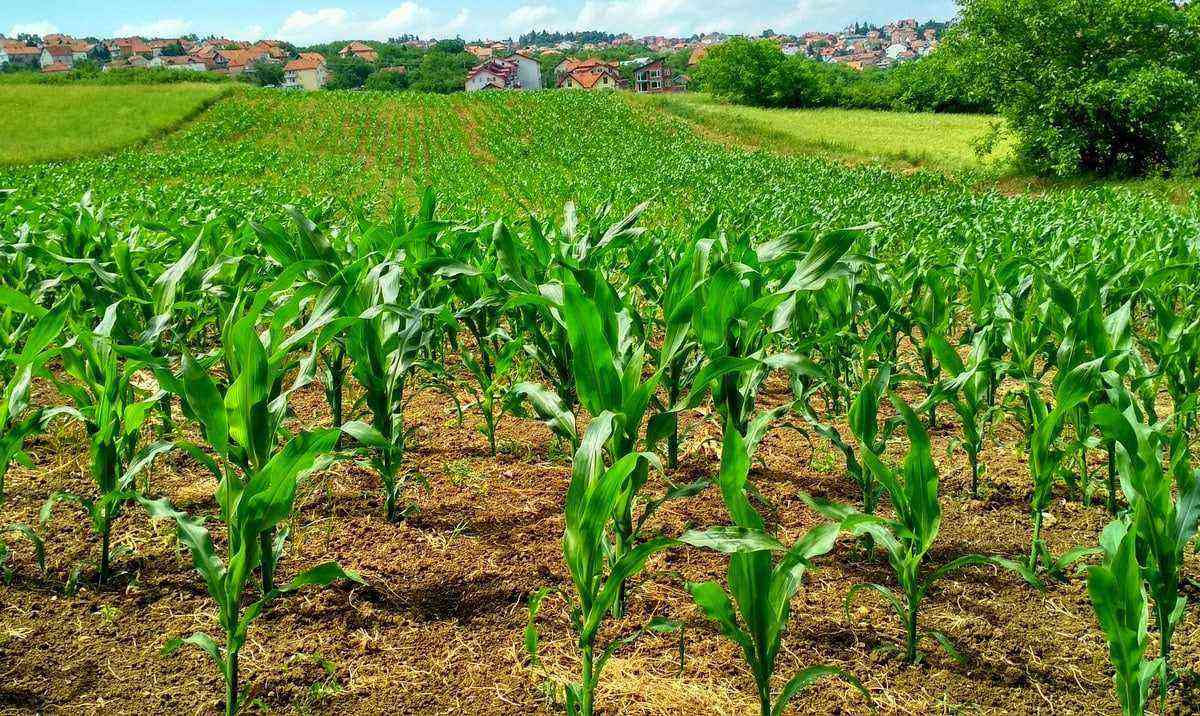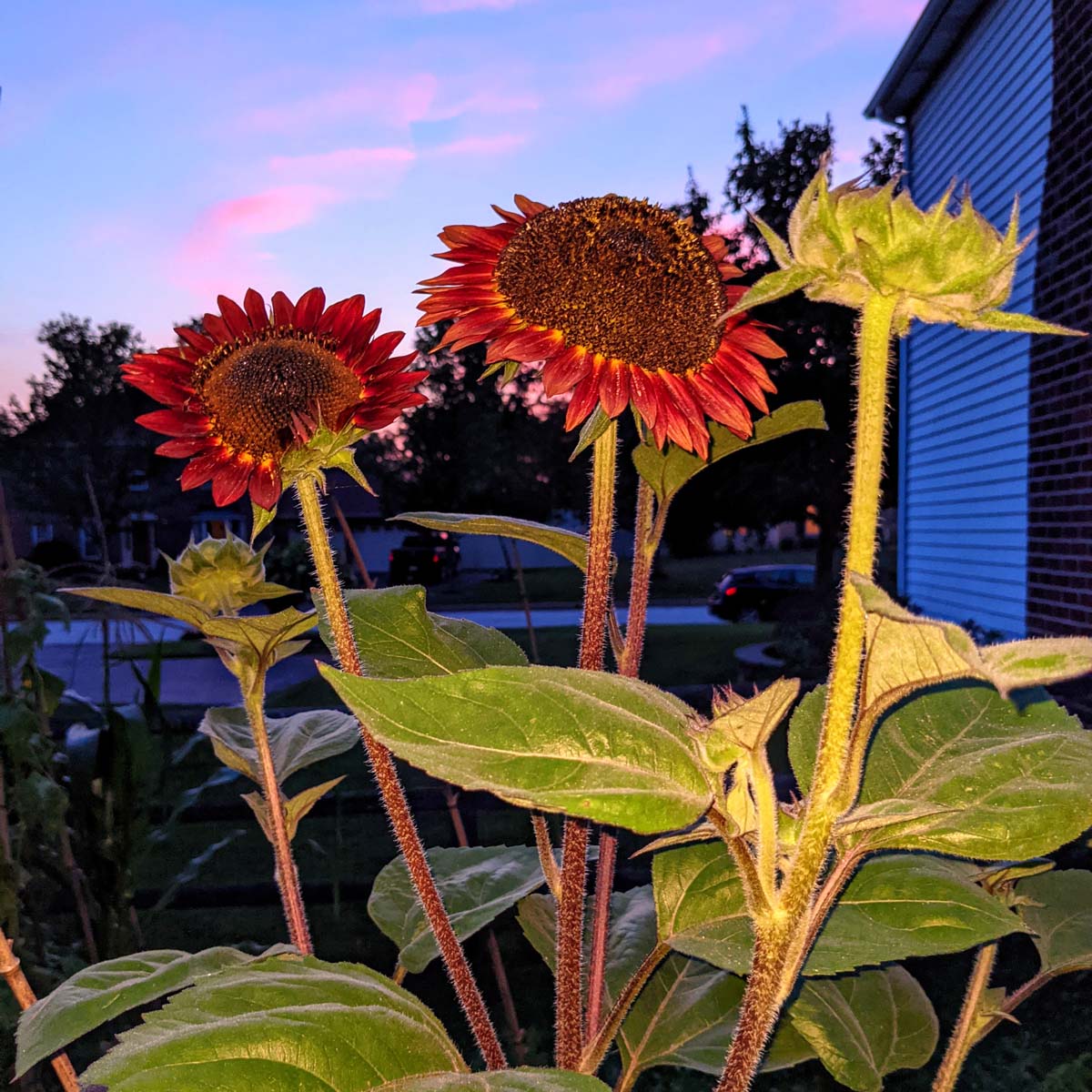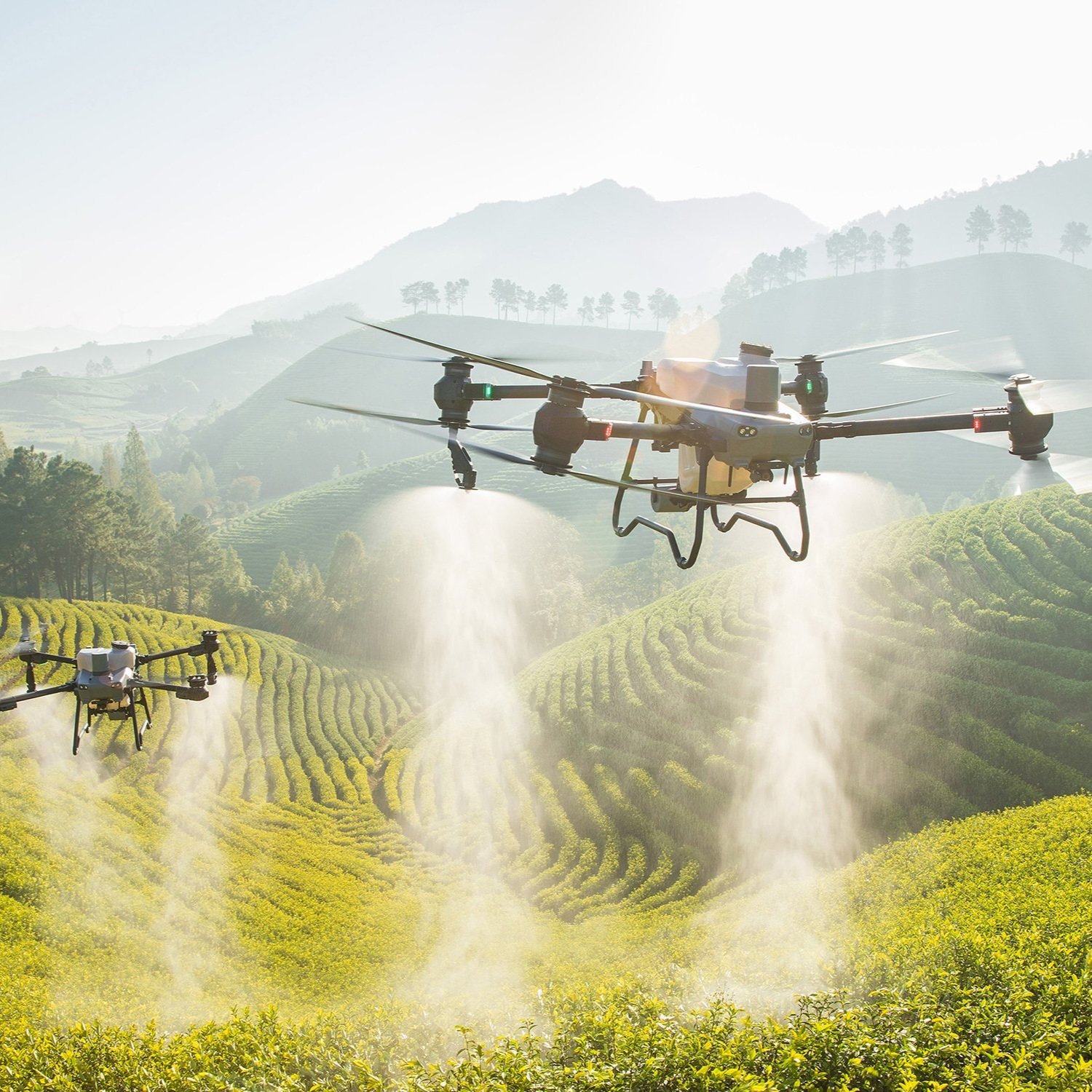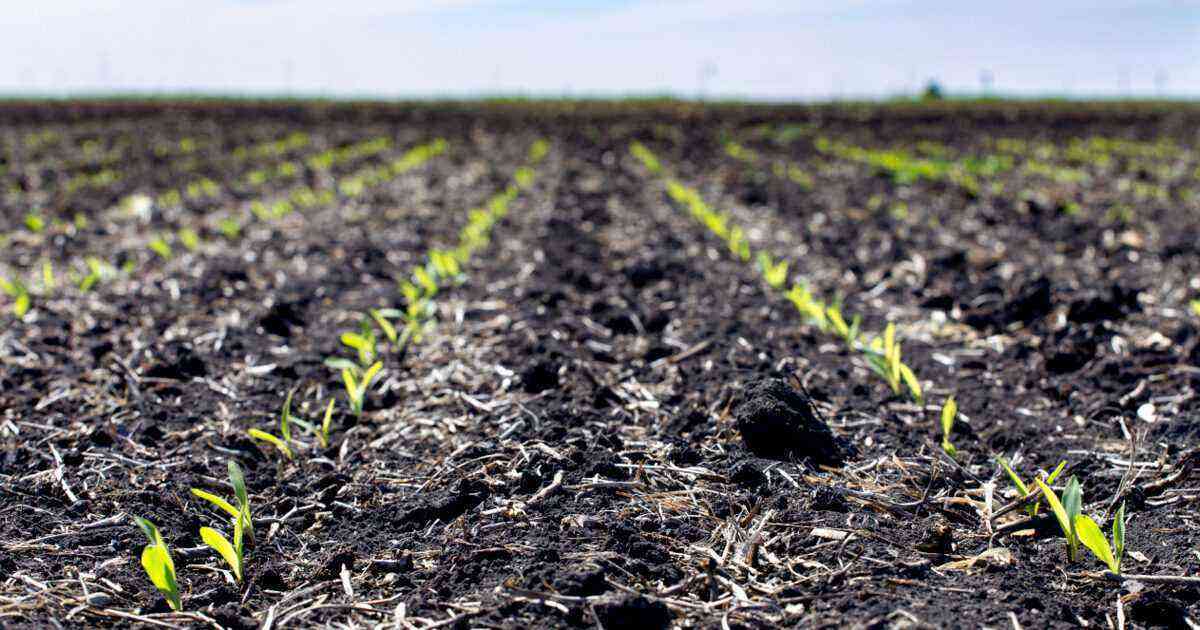Return of climate normality, after a few years of drought in states with significant production, such as Bahia, explain the growth in cotton planting and production in the country
The 2017/2018 cotton crop shows good prospects. According to the Brazilian Association of Cotton Producers (Abrapa), the planted area could grow by around 17% in this next cycle, while production could be 1,8 million tons, compared to 1,6 million that the country expects to reach in the next cycle. harvest in progress.
See also: Know what can influence the cotton market in 2020
Although optimistic, both about the current and the next crop, any forecast of an increase in producers can only be sustained in a context of favorable prices. Today, cotton being harvested and sold averages US$0,725 per pound. Contracts for 2017/2018 have a similar value.
Cotton production costs are very high. Therefore, if the price is not remunerative, producers choose to migrate to soybeans and corn, crops with lower cost per hectare and good liquidity.
The increase in the cotton planted area, forecast for the next harvest, is mainly a result of the return to normal weather conditions, after a few years of drought in states with significant production, such as Bahia.

cotton prices
With the rise in international prices and fluctuations in the exchange rate, agents turned to negotiating export contracts, mainly involving the product of the 2017/18 harvest.
The number of deals captured by Cepea, however, has still been low. In the Brazilian market, only a few lots were sold for delivery at the end of 2017 and throughout 2018.
As for fast deliveries, most sellers remain withdrawn, keeping liquidity low. Some industries are active in the market, but offering prices lower than those requested by cotton growers and trading companies.
The disparity in prices between agents and the difference in quality in the same batch of lint limited closings. Thus, from October 31 to November 7, the Cepea/Esalq cotton indicator, with payment in 8 days, rose only 0,27%.
cotton export
Cotton exports from Brazil in the 2017/18 harvest are expected to grow 24% compared to last season, according to estimates from the United States Department of Agriculture (USDA).
The increase takes place in the midst of a scenario of greater global demand and improvement in the quality of the product offered by Brazil. The main market is external, with a large part of Brazilian cotton being exported to Indonesia, South Korea, Malaysia and China.
The main Brazilian cotton producing states today are Mato Grosso do Sul, Bahia, Paraná, Goiás, São Paulo, Minas Gerais and Piauí.
The best explanation for the increase in cotton acreage in the country, according to the USDA, is the expectation for better prices and the decision of producers to allocate areas originally used for second-crop corn for cotton production, due to better returns. .
Domestic cotton sales
Cotton sales in the domestic market are more attractive than exports. This is what researchers at the Center for Advanced Studies in Applied Economics (Cepea) claim.
According to Cepea, this has been happening despite the rise in international prices and the reduction in inventories at a global level. For this reason, the domestic market began to attract more attention from cotton sellers to the detriment of new short-term export contracts.
Cotton production costs in Brazil
The analysis of cotton production costs indicates that pesticides and fertilizers together make up the majority of operating costs (58%).
Other important components of production costs are machinery, processing, use of seeds and depreciation, resulting from the intensive use of technology applied in production and investments in improving cotton productivity and quality.
It was from crop year 2015/16 onwards that the profitability results for the producer began to improve, with positive gross and net margins for costing.
See more: Best techniques to increase cotton production
